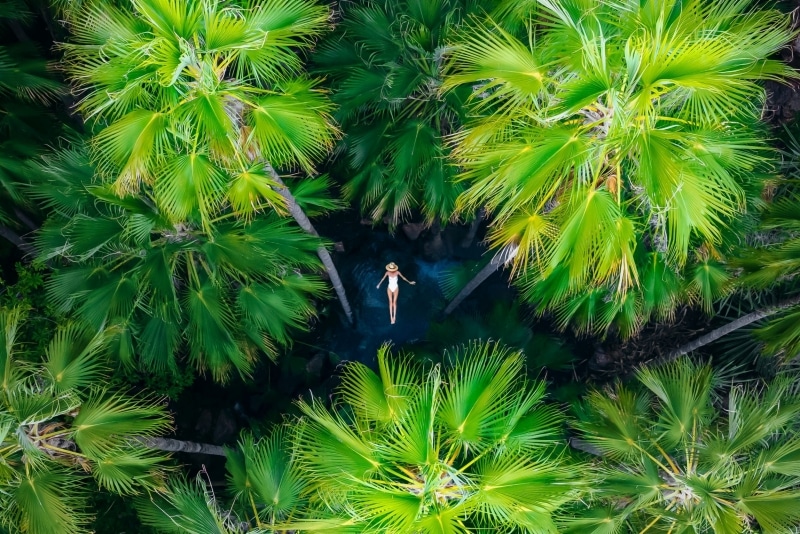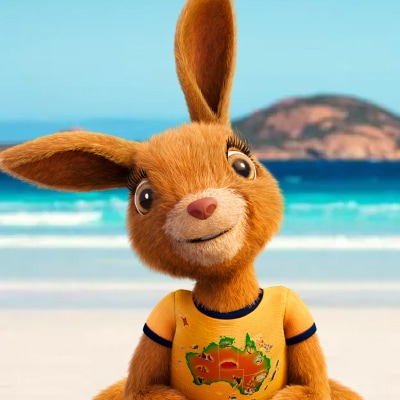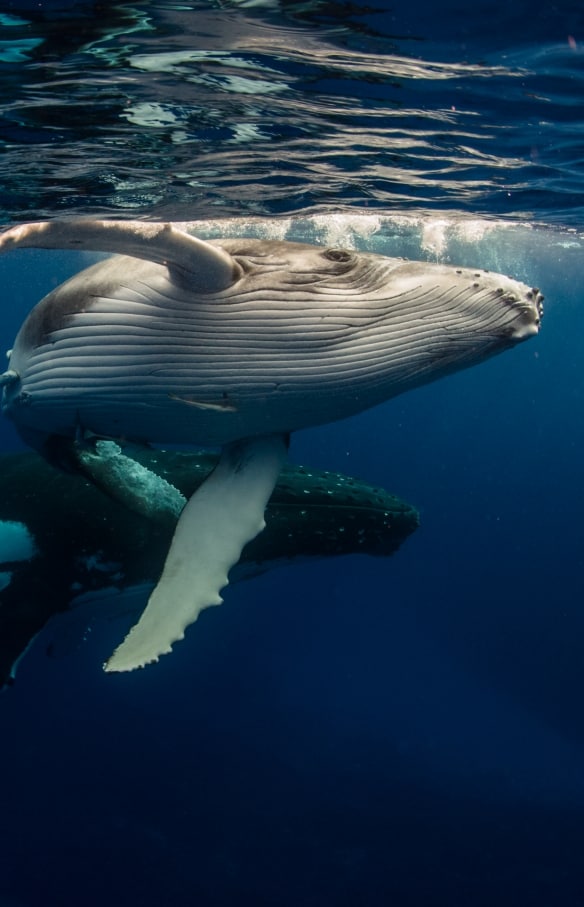
8 wildlife events to catch in spring
Wildlife babies, bird gatherings and incredible coral displays – Australia’s spring season brings some pretty spectacular animal events.
All baby animals are adorable, but a koala joey clinging to its mother's back is cuteness to the max. For an opportunity to see sweet baby koalas in the wild, take a short flight or car ferry from Adelaide to Kangaroo Island between September and October. Stroll among the eucalyptus trees with an Exceptional Kangaroo Island tour and watch those baby koalas cosy up to their mothers for a snooze.
For a marine experience you'll never forget, take a swim tour with humpback whales on the Ningaloo Reef in Western Australia. You can dive with these magical creatures between August and October, but the spring months are particularly exciting because you'll have the chance to swim with humpback calves. Thousands of humpbacks migrate through Ningaloo Marine Park each year, giving you an incredible opportunity to witness them interact with their young in the wild.
Make your way to the Daintree Rainforest to spot an impressive southern cassowary in the wild. These 2m (6.5ft) tall birds are a sight to behold on their own, but you can spot them with their young in spring, which makes the experience even more memorable. Southern cassowaries nest in September, and their chicks hatch in October. Plan a birdwatching tour with Far North Queensland Nature Tours to take advantage of the season.
Bird lovers will be blown away by the birdwatching at Kakadu National Park, found three hours from Darwin by car. This region is home to over one-third of Australia's bird species, including kingfishers, black-necked storks and plumed whistling ducks. Visit in late September to attend Kakadu Bird Week, where you can tune in for specialist lectures and cultural events.
Take a trip to East Gippsland – a four-hour drive from Melbourne – for your chance to hear the famed mimicking call of the superb lyrebird. These creatures are known for imitating the sounds of other birds or animals. During the spring months, you may also catch a male lyrebird performing his distinctive courtship dance to attract females. Echidna Walkabout’s multi-day tours will take you through this lush region, bringing many chances to see wildlife along the way.
A three-hour drive south of Perth will bring you to Dunsborough – one of Australia's many popular whale-watching locations. Here, you'll have a chance to spot endangered southern right whales as their pods travel along the coast throughout spring. At this time of year, you might be lucky enough to see the whales teaching their young to breach and slap their tails. Book a whale-watching tour with Naturaliste Charters for a guaranteed whale sighting.
Few sights are cuter than watching a flock of tiny penguins waddle from the ocean back to their burrows. During spring, the penguins of Bicheno (on Tasmania’s east coast) are busy preparing for their offspring. That means they’ll spend more time on land building their burrows. Take a tour with Bicheno Penguin Tours to get the best view.
A night trip to the Great Barrier Reef is a rare experience, but witnessing a striking annual display makes it truly remarkable. Each year in spring, the corals on the reef will spawn (reproduce) in unison. The coral releases millions of cells, usually under a full moon, and these cells eventually find a place on the reef to grow. Divers Den offers tours that take nature lovers out to witness this event first-hand.























































































































































